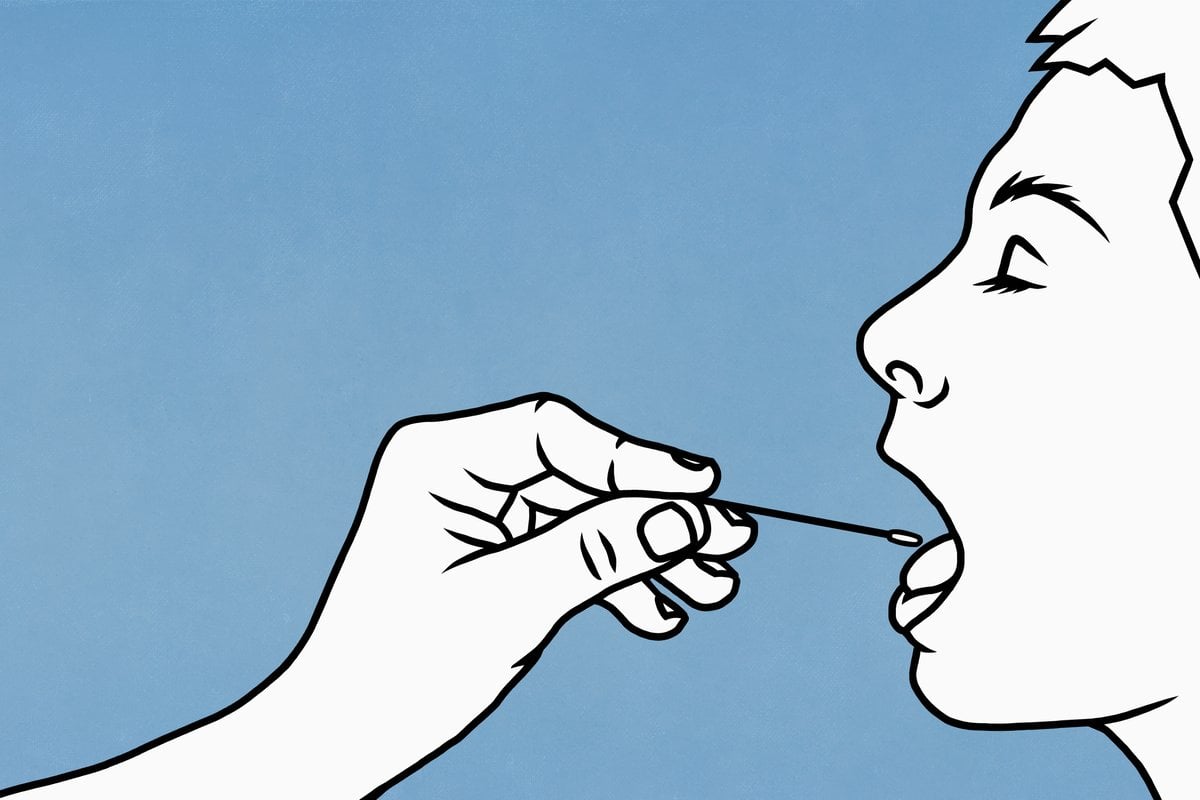
Recently my kids brought COVID-19 home from school. We had managed to avoid it for two and a half years through a series of mitigations and an added dose of luck.
Why luck? Well, despite having a highly vaccinated population in Australia, we are still seeing rampant transmission.
This is because of the immune escape of the current dominant variants, meaning we all are probably exposed to the virus regularly if we are going about our business as usual.
Watch: New data from Australia's longest-running post-COVID clinic has revealed a high proportion of patients are women in their 40s and 50. Post continues after video.
On top of that, another integral measure needed to avoid COVID-19 infection is privilege.
Privilege alongside luck goes a long way to reduce the risk of infection. Privilege is something I am a beneficiary of, and I feel needs full disclosure when discussing ways to mitigate COVID-19 infection risk.
So luck and privilege. Two things millions of Australians have come up short on, through no individual fault of their own.
When my kids tested positive for COVID-19, we implemented a number of measures to keep the rest of the family infection-free.

Top Comments